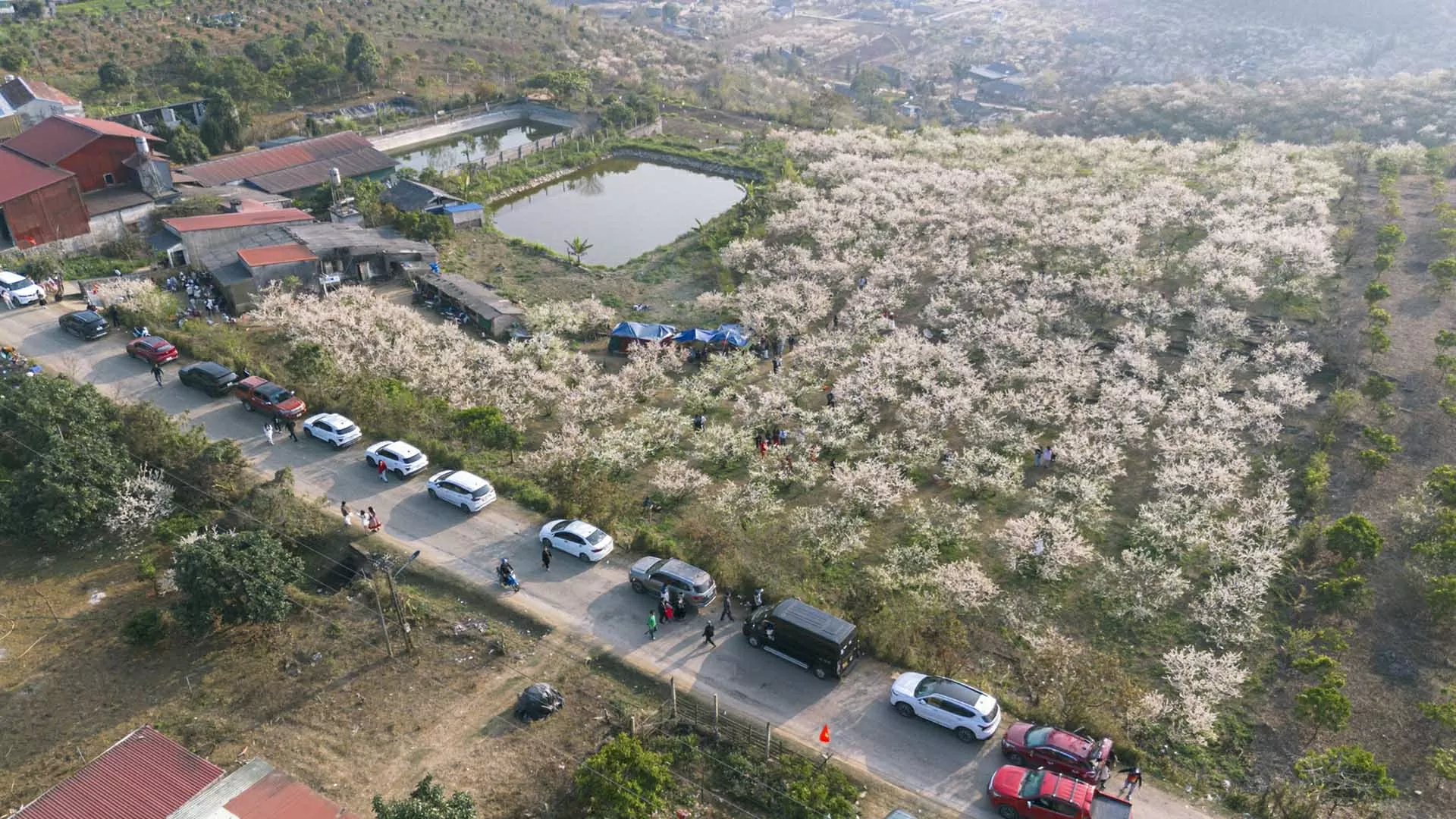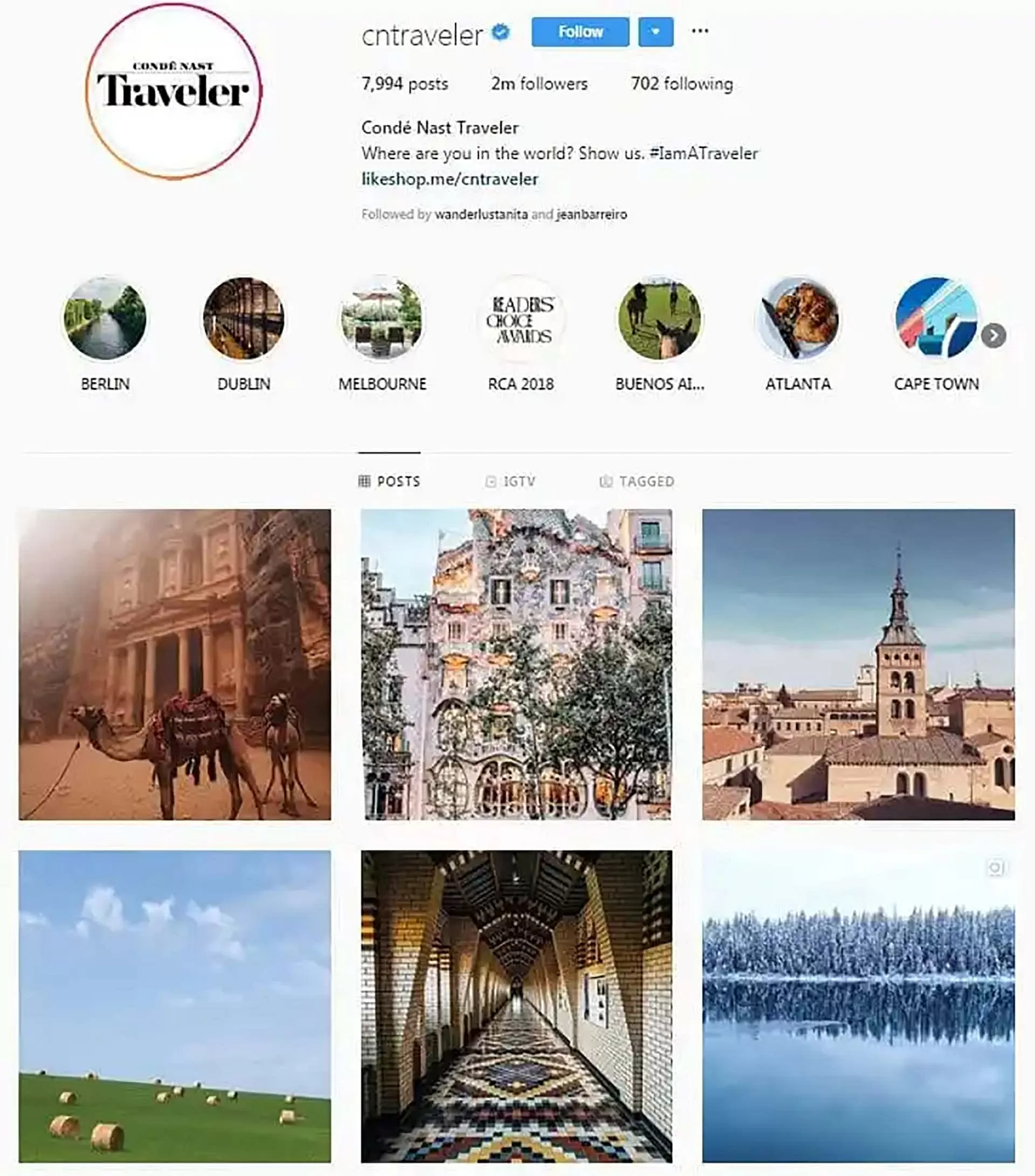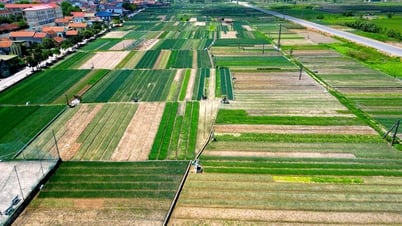Social media platforms are becoming an important source of inspiration, influencing changes in future travel trends, especially with Generation Y (born 1981-1996) and Gen Z (born 1997-2012).
 |
| Many tourists flock to Moc Chau ( Son La ) to admire the picturesque plum blossoms and experience camping and bonfires all night long. (Photo: Nguyen Hong) |
A decade ago, people used to search the internet and read blog posts or newspapers to plan their trips. Now, they just click on a search bar on a travel website. Short, engaging videos are a quick and easy way for people to find the information they need.
Where to go? What to do? Just surf… social media
According to a 2024 study by American computer software multinational Adobe, more than 60% of Gen Zers use TikTok to come up with travel ideas. The 2024 Global Travel Trends Report by American Express Travel also found that 39% of travelers will turn to social media platforms for travel inspiration.
On a recent trip to Hanoi, Zinara Rathnayake, a travel, food and culture writer from Sri Lanka, noticed her Gen Z sister constantly surfing TikTok to find information about cafes, museums, second-hand stores, etc. Or in Bangkok (Thailand), Zinara Rathnayake's sister also spent a lot of time just searching for items she saw on TikTok.
Divyalakshmee Nandhoo, a social media travel content creator from Mauritius, says TikTok’s appeal lies in its short videos that “get straight to the point and convey a lot of information in just a few seconds.” The app makes it easy for users to explore both sides of a potential destination, whether they’re looking for picturesque luxury resorts or a glimpse into everyday local life.
Not only TikTok, other social media also helps Zinara Rathnayake and many other travelers connect with locals, thereby finding impressive experiences. Thanks to a random video on Instagram while on a business trip to London in 2023, Rathnayake made an impromptu decision to visit Albania. Based on the information in the video, she chose to stop at the Komani Lake farm of a tribal family from the Albanian highlands, spending the evening watching the stars and listening to the stories shared by the family.
New trends like “shopping tourism” are gaining popularity thanks to TikTok, Instagram, and Facebook, as influencers create content that films itself going to the supermarket, and grocery stores present shopping as a cultural experience. Or the emergence of “similar travel destinations,” a popular trend that introduces affordable destinations as an alternative to famous but expensive destinations.
In addition to suggestions, social networks also help viewers filter out bad experiences such as places that sell "rip-offs", dangerous activities to avoid...
 |
| An Instagram account dedicated to introducing tourist attractions. (Source: CNN Travel) |
The downside of following the crowd
Nikkei Asia (Japan) commented that social media-based tourism trends can promote economic development in places that are little known to tourists, but also come with downsides.
Often, when social media makes a destination popular, it puts pressure on local authorities and service providers, especially those with limited infrastructure. Take Hanoi’s train street, one of the main tourist attractions in the capital, for example. Authorities and many shop and cafe owners often struggle to control the crowds of tourists queuing to check in – an activity that is banned due to lack of safety.
According to Zinara Rathnayake, overtourism also poses environmental risks. She cites examples of young tourists driving along Sri Lanka’s “elephant road” – a highway in a wildlife corridor where elephants move between habitats – to take videos or feed them. This not only endangers the lives of tourists but can also alter the natural habits of wild animals.
Additionally, social media often takes away from the uniqueness of each trip. Days spent wandering around new destinations are much more memorable than making to-do lists from videos on social media.
The latest research from travel platform Klook shows that social media is an essential tool for sharing experiences, promoting virality and tourism demand. Information posted about travelers’ journeys and experiences on social media after each trip provides information for viewers to plan and choose their next destination and journey in the near future.
However, instead of spending a lot of time just checking in and doing the suggested things, each tourist should plan their own itinerary in each destination. At the same time, when participating in the trip, be a responsible tourist, pay attention to local safety warnings, respect the community, culture and protect the environment at each destination.
Source: https://baoquocte.vn/khi-mang-xa-hoi-truye-n-ca-m-hung-cho-du-lich-304301.html




![[Photo] Anh Hoang - Dinh Duc successfully defended the men's doubles championship of the National Table Tennis Championship of Nhan Dan Newspaper](https://vphoto.vietnam.vn/thumb/1200x675/vietnam/resource/IMAGE/2025/5/23/d6ab3bcac02c49928b38c729d795cac6)
![[Photo] Top players gather at the 2025 Nhan Dan Newspaper National Table Tennis Championship](https://vphoto.vietnam.vn/thumb/1200x675/vietnam/resource/IMAGE/2025/5/23/9ad5f6f4faf146b08335e5c446edb107)






![[Video] Launch of the publication "The Teacher and the Books"](https://vphoto.vietnam.vn/thumb/402x226/vietnam/resource/IMAGE/2025/5/23/f8b7526776a44a57b0d4d9213c0c660d)














































































Comment (0)